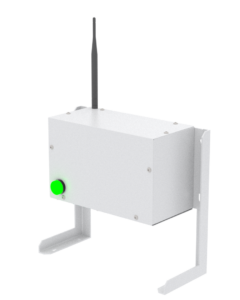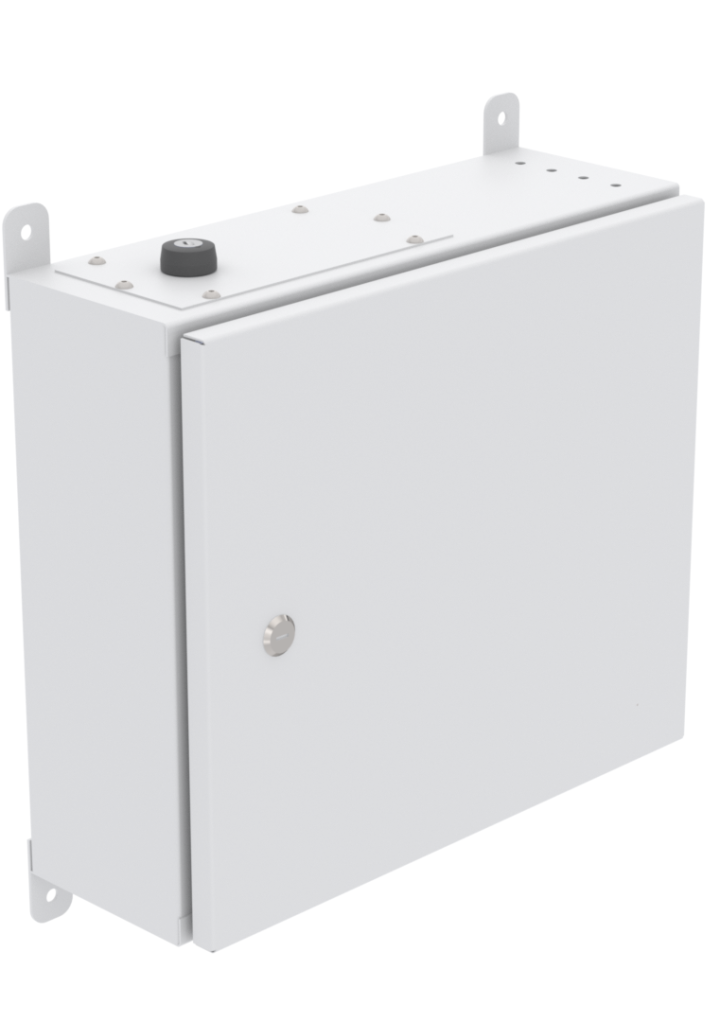AMR
General Accesories
Solution Add-on
Operating System
AMR

Zetha Series
Payload Handler: Lifting

Zalpha Series
Payload Handler: Towing – Lifting – Hooking

Titan Series
Payload Handler: Lifting

Zamma Series
Payload Handler: Lifting

Zoei Series
Payload Handler: Direct

Zyra Series
Payload Handler: Lifting
General Accesories

Magnetic Strip
GA-MS-S-50

Reflector
GA-REF-S
Solution Add-on

Remote I/O Module (Standard)
SA-RIO-SW

Remote I/O Module (Compact)
SA-RIO-CW

Trolley Guide
SA-HG-TG
Operating System

DFleet Series
DFLEET






